With the peeling of the skin from the chest and the opening of the thoracic cavity, Richard Arm finally extracted the heart from this “person”.
Anyone witnessing this scene would likely feel uncomfortable; frankly, it is quite terrifying. However, this lifelike “person” is actually a 3D printed human model.
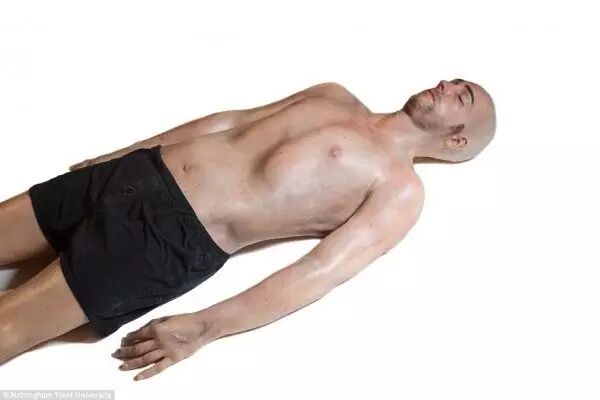
This model is nearly indistinguishable from a real human body, made from silicone gel and fibers, designed to simulate a real patient’s body for training surgeons.
Researchers have developed a realistic human body as shown in the image, using it to train surgeons in emergency surgical procedures. The entire model closely resembles a real person, with skin and organs created through 3D printing, utilizing CT scans of actual hearts, lungs, and blood vessels to achieve a high level of realism.
Each organ in the human model, including the heart, lungs, and blood vessels, is made from CT scans, and even the facial hair is crafted to mimic real human features. The model’s blood vessels are infused with human blood, simulating blood loss during surgery to enhance the experience of surgeons racing against time, preventing patients from dying from excessive bleeding. Air can also be injected into the model’s lungs, with the inflation and deflation process mimicking real breathing.
Even on the operating table, the “patient’s” chest rises and falls with “breathing”. The model was created by Mr. Arm, a researcher at the University of Nottingham in the UK, who aims to recreate the pressure and tension experienced by surgical interns during operations. He stated, “My goal is to prepare surgical interns for upcoming real surgeries in this immersive environment and with a nearly realistic human anatomy.”
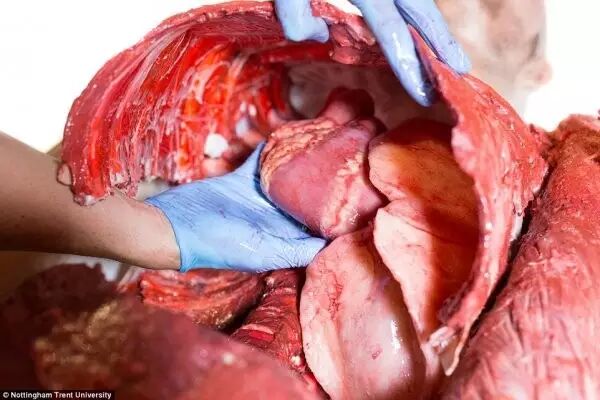
The lifelike and terrifying human organs in the image are made from various types of silicone and fibers.
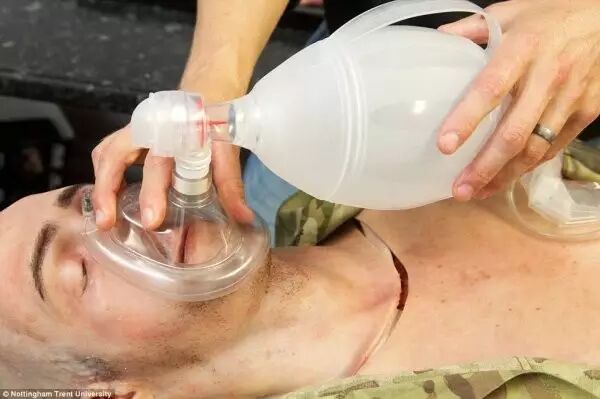
The model can also simulate human breathing, allowing interns to perform simulated artificial respiration on the patient.
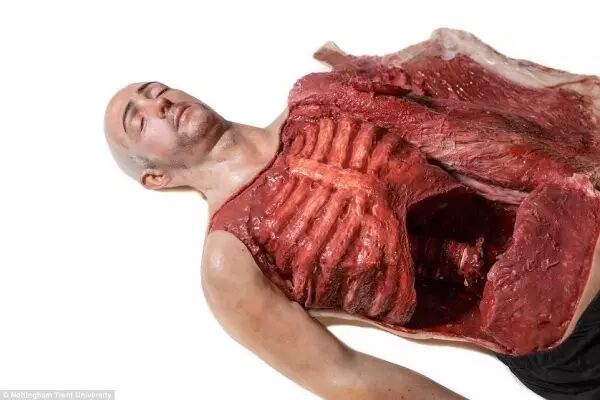
The silicone skin of the model can be peeled off and replaced for multiple uses.
This training allows doctors to better prepare for real surgeries and benefits patient recovery post-surgery. Because our organs are modeled entirely after real organs, even different parts of the heart have varying degrees of hardness for a realistic feel. 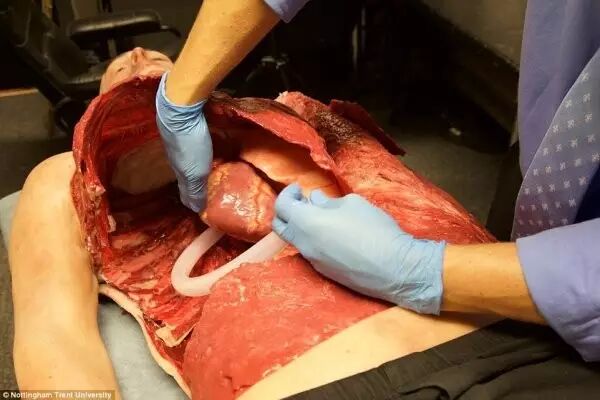
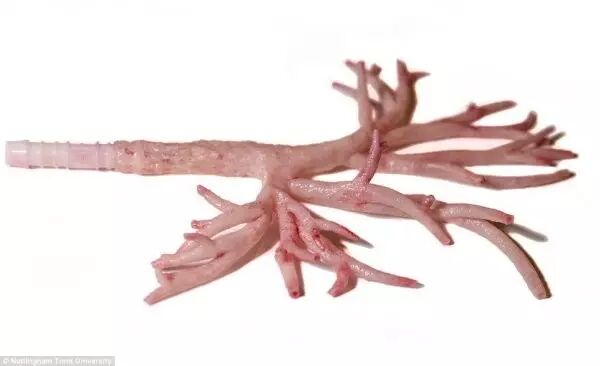
The outer skin of the model can be cut with a scalpel and can be seamlessly reattached for multiple simulated surgeries. After testing the model, the research team plans to create other lifelike organs, such as the brain, eyes, stomach, liver, pancreas, and kidneys.
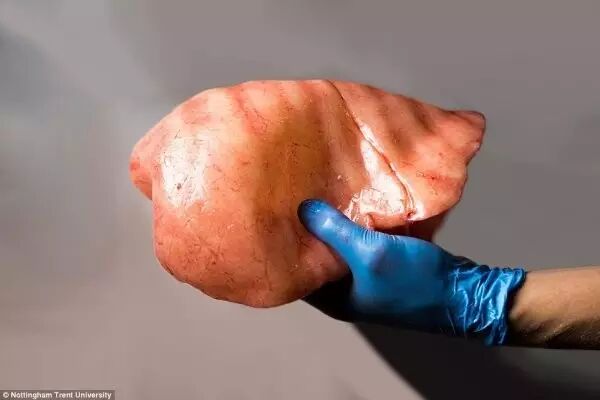
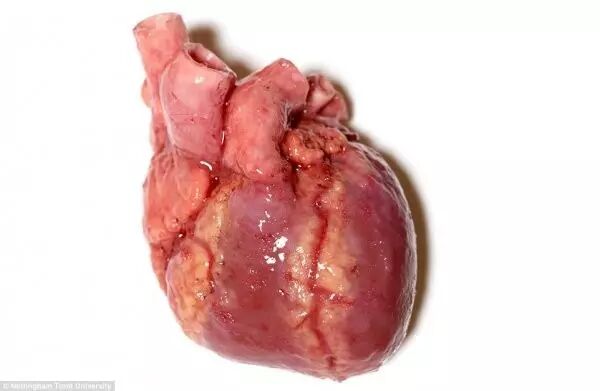

They may even create a complete vascular system for a human leg. Anesthesia professor Colonel Peter Mahoney stated that this could be used to train military surgeons on how to handle battlefield trauma. This is of great significance for simulating clinical surgery and anesthesia training in harsh military environments, holding immense value for military medicine.
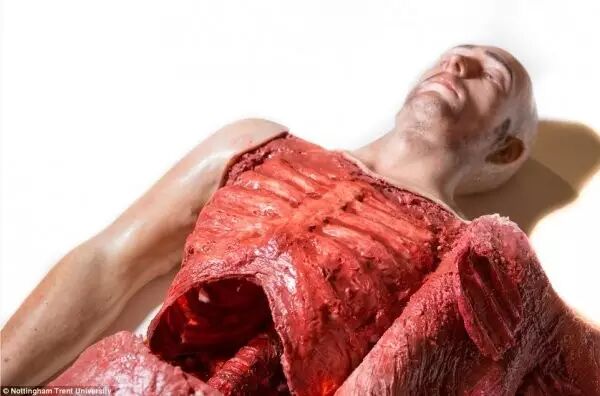
At the same time, we will provide a training platform for our surgical teams, and training for thoracic injuries will benefit our pre-hospital medical emergency response teams. The UK Ministry of Defence stated that two models will officially be put into training in 2017. The project supervisor, Professor Tilak Dias from the University of Nottingham, stated that by enhancing the learning experience of surgeons, we can ensure they are better prepared for real surgeries and understand how to use their skills and knowledge to save lives.
Source: Jandan
Recent Popular Articles Top 10
↓ Click the title to view ↓
1. What is “Mozi” going to do in space? Understand in one image
2. 12 Most Controversial Mathematical Facts (Multiple Images)
3. Finally, someone explained what a chip is
4. A wave of dynamic diagrams of fiber optic communication, stunning!
5. Research funding liberation!!!
6. GPS and Beidou have both been “taken down”; would you still dare to use navigation?
7. Qixi Special Planning | Couple Academicians, Deep Affection
8. Rarely seen! The beauty of chemical structures beyond your imagination
9. How feasible is the physics of “teleportation”?
10. What is a quantum satellite? Click here to learn more?!
Click the menu bar in the public account “Top 10” to view past monthly popular articles Top 10
